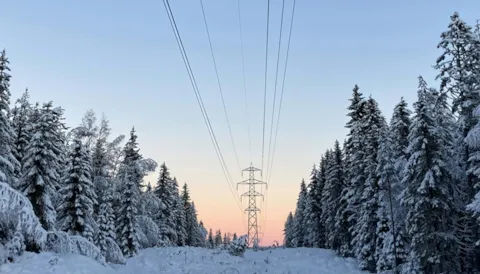
03 December, 2025
Norway’s green energy industry sector stalling – Industry the loser in tight power market
Høvik, Norway, December 03 2025 – Norway’s energy transition is slower compared to other European countries with a lack of electricity generation set to leave it with a power shortfall, according to n...